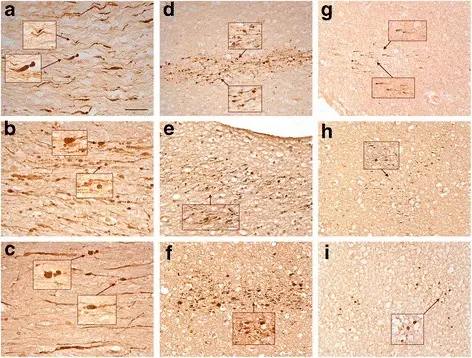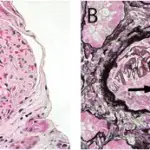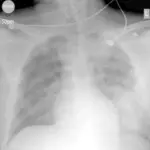Opiate Injury is the injury caused by excessive consumption of drug opioids.
What is the Pathology of Opiate Injury?
The pathology of opiate injury is:
-Etiology: The cause of opiate injury is drug overuse.
-Genes involved: None.
-Pathogenesis: The sequence of events that lead to opiate injury includes an endogenous opioid system which results in a lack of acting as a potent agonist to the mu receptor.
-Morphology: The morphology associated with opiate injury shows hypoxic-ischemic injury.
-Histology: The histology associated with opiate injury shows cerebral infarction and hemorrhage.
How does Opiate Injury Present?
Patients with opiate injury typically affect males and females present at the age range of 35-55. The symptoms, features, and clinical findings associated with the opiate injury include memory loss, vision and hearing loss, loss of balance and coordination, problems walking or moving, irritability, depression, or confusion, trouble with reading and writing.
How is Opiate Injury Diagnosed?
Opiate injury is diagnosed with blood tests, CT scans, and MRIs.
How is Opiate Injury Treated?
Opiate injury is treated with Naloxone.
What is the Prognosis of Opiate Injury?
The prognosis of opiate injury is good if treated properly.



